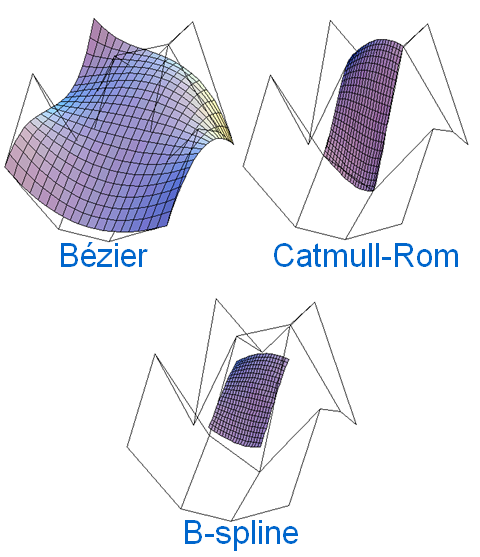When Will Ray Tracing Replace Rasterization?
Other Advantages Of Ray Tracing
Another undeniable advantage of ray tracing has to do with transparency effects. Handling transparency correctly is extremely difficult with a rasterization algorithm because calculating transparency exactly depends on rendering order. To get good results, transparent polygons have to be sorted from the farthest one from the camera to the closest one before calculating the rendering.
But in practice, that would be much too computationally-expensive and transparency errors are still possible since the sorting is done by polygons and not by pixels. There are several proposed techniques for avoiding having to sort the scene (such as depth peeling and A-buffers), but for the moment, none of them have really caught on. Here again, ray tracing can manage transparency effects elegantly.
Another important advantage is shadow calculation. The technique that became the standard in the rasterization world is shadow mapping. But it suffers from several problems, such as aliasing and the amount of memory space it takes up. Ray tracing can solve the problem of shadows elegantly, again without introducing a complicated algorithm, while still using the same basic primitive object and without using additional memory space.
Finally, another of ray tracing's strong points is its ability to manage curved surfaces natively. For several years now, modern GPUs have included support for curved surfaces (intermittently appearing and disappearing with driver versions and new architectures). But while rasterizers have to make an initial tessellation pass in order to generate triangles, which is the only primitive object they can manage internally, a ray tracer can test the intersection of rays directly with the true mathematical definition of the surface.
Get Tom's Hardware's best news and in-depth reviews, straight to your inbox.
Current page: Other Advantages Of Ray Tracing
Prev Page The Advantages Of Ray Tracing Next Page Ray Tracing Myths-
IzzyCraft Greed? You give an inch they take a mile? Very pessimistic conclusion although it helps drive the industry so hard to really complain. ;)Reply -
Ramar I'm definitely the kind of person that would prefer to lose some performance in exchange for elegance and perfection. The eye can tell when something is done cheaply in a render. I've made this argument that quite often we find computationally cheap methods of doing something in a game, and after time it seems to me that we've got a 400 horsepower muscle car that, on close inspection, is held together with duct tape and dreams. I'd much rather have a V6 sedan that's spotless and responds properly.Reply
Okay, well in real life, the Half Life 2 buggy would be a lot cooler to drive around than a Jetta, but you get the analogy. -
zodiacfml i still like the simplicity of ray tracing and how close it is to physics/science. it is just how it works, bounce light to everything.Reply
there are a lot of diminishing returns i can see in the future, some are, how complex can rasterization can get? what is the diminishing returns for image resolution especially on the desktop/living room?
ray tracing has a lot of room for optimization.
for years to come, indeed, raster is good for what is possible in hardware. look further ahead,more than 5 years, we'll have hardware fast enough and efficient algorithm for ray tracing. not to mention the big cpu companies, amd & intel, who will push this and earn everyones money. -
stray_gator aargh. start typing, then sign in to find your first words posted.Reply
Anyway, what I liked about this article is its being under the hood, but not related to a new product, announcement or such.
"deep tech" articles accompanying product launches tend inevitably to follow the lines of press kits, PR slides, etc.
Articles like this, while take longer to research, are exactly that - they are researched rather than detailing "company X implemented techniques Y and Z in their new product, which works this way, benefits performance that way and is really cool.". it gives an independent, comprehensive view of the subject, and gives the reader real understanding in the field. -
enewmen The ray-tracing code on the business card was way cool. I was hoping (real-time)ray-tracing and photo-realistic rendering will come with DX11 and GPGPU offloading - this seems completely unrealistic.Reply
I still never read of any dedicated ray-tracing hardware, at any price. It seems the better we understand ray-tracing and it's limitations, the more cloudy the future becomes. -
LORD_ORION Ray tracing will inevtiably replace rasterization. It will just flat out look better to the human perception, when in motion, than pure rasterization, and that is all that is required.Reply
Heh... this article brought to you by Nvidia. -
annymmo Hopefully GPGPU (OpenCL)Reply
will make raytracing possible.
(Together with a huge number of processing cores per graphic card and an advanced raytracing algorithm.)
-
Inneandar nice article.Reply
I wouldn't mind having just a little bit more technical depth, but I'd be glad to seem more like this on Tom's.

